If you’re going to play goalie in lacrosse, bruises are a part of the job.
Talk to any current or past lacrosse goalie and they’ll absolutely have a story, perhaps even an accompanying vicious photo, about a gnarly bruise they got in a practice or a game.
They can tell you the full evolution of a bruise from where it starts out as small red dot on your leg and then morphs into something like this –

Getting bruises are a part of being a goalie, they’re our marks of pride. As such when you check the lacrosse goalie forums for advice on treating bruises most responses are along of the lines of – “Don’t treat it, show it off” or “Chicks dig the bruises dude”.
I do understand this line of thinking as you cannot be afraid of bruises to play goalie. You’re going to get them so might as well embrace them.
However I do think deep contusions should not go left untreated. If you can use sports medicine to help your body feel better, why wouldn’t you?
This post is a guide for lacrosse goalies wondering what they should do to treat bruises.
We know bruises equal saves and we know what they look like and what they feel like.
But exactly happens to the body with a deep contusion.
When a lacrosse balls strikes an unpadded part of your body the soft tissues under your skin which include connective tissue and muscle fiber are crushed, however the skin does not break or rupture unless maybe you received a Paul Rabil crank shot.
When these soft tissues are damaged, blood from the ruptured capillaries leaks out under the skin and pools, causing the area to swell and form a red or purplish mark that can be sore and tender to touch.
Better known to lacrosse goalies as this –
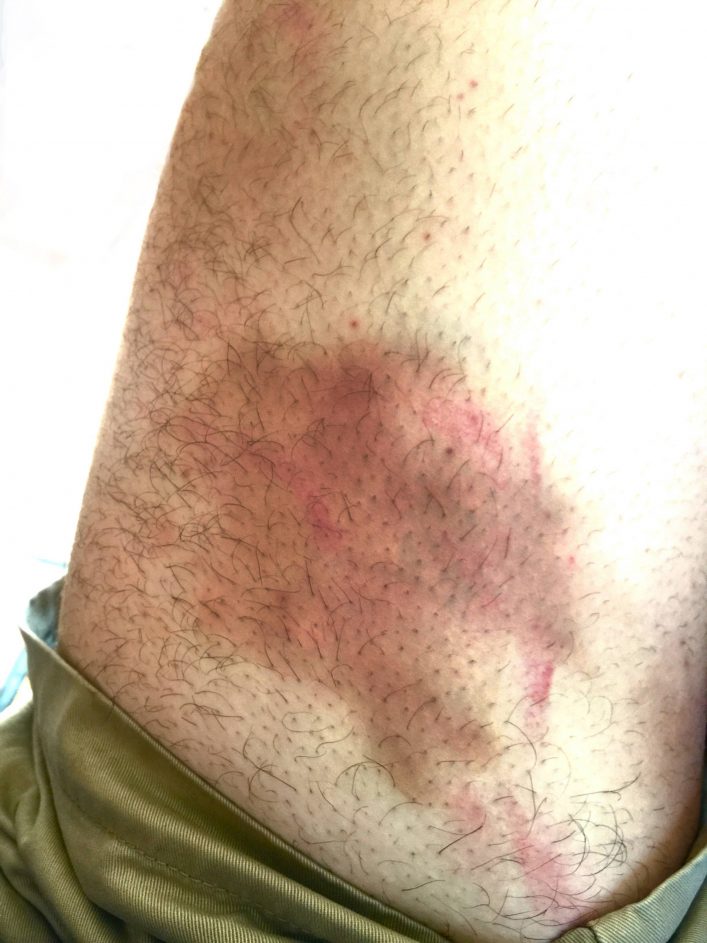
I remember some of my bruises looked like Van Gough paintings with a mixture of colors – beautiful reds, dashing purples and a splash of green or yellow thrown in to tease the eye palette.
While bruises to the legs where the most common, they didn’t hurt as much because there’s so much meat on the legs. The bruises that stuck with me the longest where direct hits to the shoulder muscle.
And of course there’s that one time I got hit in the neck during a drill by long pole trying to score from on the crease. But alas, back to bruise treatment.

Of course we’re not talking about that kind of RICE.
RICE in the sports medicine world stands for: Rest, Ice, Compression, Elevation.
While there’s no eliminating a bruise on the spot, following the RICE method will help reduce recovery time and pain so that the goalie can be back to 100%.
Rest – This is the toughest one for a lacrosse goalie because I don’t know any goalie that would sit out a practice with a bruise. It simply doesn’t happen nor would I recommend it because to be a goalie you have to be tougher than that. Like I said, bruises come with the job.
But if you have a deep leg contusion then try to rest it as much as possible outside of practices and games. For example, don’t hit the gym to work legs when you’re dealing with a serious bruise on the leg. The more blood that flows through your body the worse the bruise will become.
So save the strenuous moments for games and practices when its necessary.
Ice – Put a pack of ice in a towel and then directly onto your bruise. You should get the ice on the bruise as soon as you can. Do this for about 15 minutes every few hours in the 1st couple of days after receiving the battle wound. Ice reduces inflammation and will help the contusion heal quicker.
Compression – Use an Ace Bandage to wrap the area of your body where you received the bruise. This will help decrease the swelling. Be sure not to the wrap the bandage too tight as we don’t want any tingling, numbness, or additional pain in the area.
If you get a bruise during a practice you can also apply compression immediately around the bruised part. By squeezing the tissues underneath, the compression helps prevent blood vessels from leaking. Thus your battle wound won’t be quite as severe.
For thigh bruises in place of the Ace Bandage you could also use a pair of compression shorts. For hits to the calf or shin area you can use a calf compression sleeve.
You’ll see example of goalies using compression even in the MLL where the bruises, like the level of play, are elevated to the most extreme.
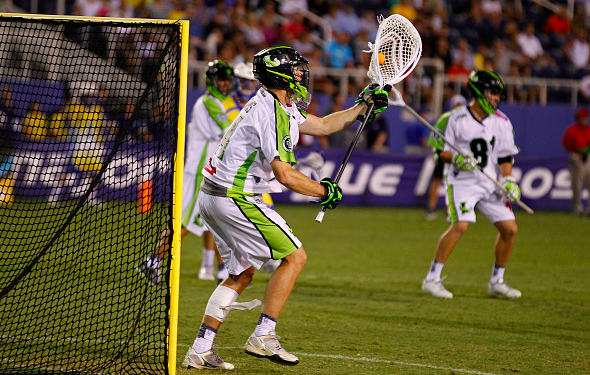
Elevation – The final step in the process is to elevate the bruised area. Ideally we want to get it above our heart which will help reduce blow flow the area and thereby reduce the swelling of the contusion. So if your bruise is on your arm, prop it up with a pillow while you watch some lax games on TV.
If the bruise is on the leg you’ll have to lie down on the coach with your legs elevated to achieve the desired effect.
Epsom salt is not actually salt but a naturally occurring pure mineral compound of magnesium and sulfate. Long known as a natural remedy for a number of ailments, Epsom salt has numerous health benefits.
Add 2 cups of Epsom salt to a warm bath and soak to reduce the pain and swelling of sprains and bruises.
Epsom salt improves blood circulation to help those bruises heal but not only that you’re also getting a lot of other health benefits. Epsom salt is believed to improve heart health and help prevent heart disease and strokes by improving blood circulation, protecting the elasticity of arteries, preventing blood clots, and reducing the risk of sudden heart attack deaths.
Besides the RICE treatment here are a few additional things to try to help get rid of a bruise or at least reduce the swelling and pain.
Roll Out the Bruises
In addition to the standard RICE treatment, I also advise that goalies roll out their bruises to simulate blood flow to the area.
Ideally, you roll it out with the exact same ball that left the bruise so you can show that ball who the alpha dog on the field is.
Ok that was just a joke, you don’t have to use the same ball but lacrosse balls do work great to roll out sore muscles.
You can also use a foam roller to achieve the same effect.
When massaging the bruised area with the lacrosse ball or the foam roller, be sure to do so gently. Do not press hard or attempt to message teh direct center of the bruise unless you can tolerate the pain.
Massaging bruises actives the lymphatic process so that the lacrosse goalie’s body naturally starts to rid itself of the bruise. Until the next one occurs, that is.
Apply Vinegar Mixture
It seems everyone has a different home remedy to try and treat bruises. One that worked for me in the past was applying a mixture of vinegar and warm water.
Vinegar will increase your blood flow near the surface of the skin. And of course that will help dissipate the blood that has accumulated under the surface.
There’s actually an insane amount of other home remedies for bruises if you’re interested in going down this route. The pineapple home remedy sounds pretty tasty.
Bruise Creams
There are a bunch of bruise creams that you can use to treat your lax goalie bruises.
These gels and creams provide soothing, light and non-greasy gel like cream penetrates deep into affected area, improves tissue recovery, alleviates pain and reduces tissue inflammation.
Can help with bruise recovery. Here’s an example on Amazon.
Of course instead of talking about treating bruises to the lacrosse goalies body parts an easier method is to prevent the bruises in the 1st place.
Lacrosse goalies simply don’t wear many pads, especially on the legs.
During one practice with no leg protection I took a crank shot to the thigh. It stung but just your average deep contusion.
On the very next rep of the same drill I took another crank shot that literally hit me in the exact same spot on my leg. That one hurt.
I didn’t own any lacrosse goalie pants at the time so I took an extra glove and taped it to my leg to cover the bruised area. Because if I got hit their again I swear my leg would have fallen off.
Although many goalies shy away from extra padding I do see more and more goalies moving towards getting more protected. Especially during practice when you’re taking a flurry a shots.
So strap on the additional goalie gear I describe in the lacrosse goalie gear guide and let the padding take the impact of the ball, not your flesh.
Many goalies prefer to leave their bruises untreated and that’s totally ok. This article is not for you.
Bruises are apart of being a lacrosse goalie so hopefully if you’re goalie you don’t mind them too much because there’s no way to play this position and NOT get bruises.
But if you do get one its nice to know how to treat bruise so that pain, swelling, and discoloration are reduced and you can be back on the field making saves in 100% form.
Until next time! Coach Damon
How do other lacrosse goalies treat bruises received from shots? Let me know in the comments.








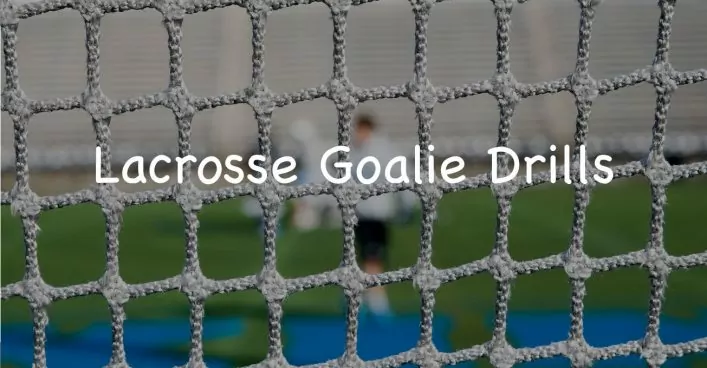 14 Amazing Lacrosse Goalie DrillsAug. 1, 2024
14 Amazing Lacrosse Goalie DrillsAug. 1, 2024 Quick Guide To Lacrosse Slang TermsApril 14, 2025
Quick Guide To Lacrosse Slang TermsApril 14, 2025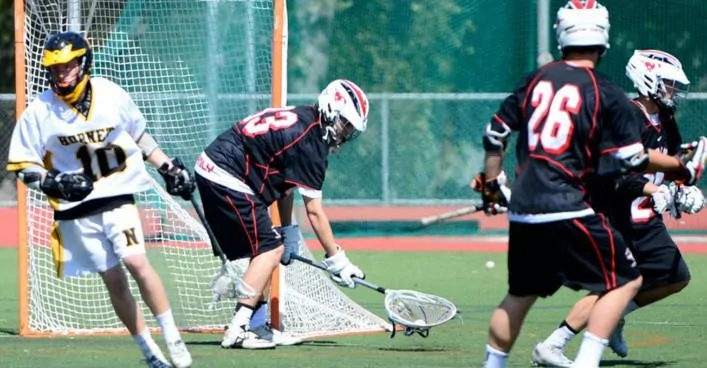 Lacrosse Goalies Rules To KnowJune 28, 2022
Lacrosse Goalies Rules To KnowJune 28, 2022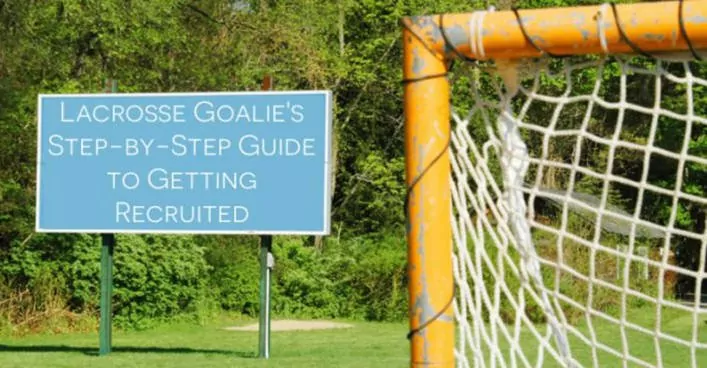 Lacrosse Goalie Step-by-Step Guide to Getting RecruitedFebruary 6, 2022
Lacrosse Goalie Step-by-Step Guide to Getting RecruitedFebruary 6, 2022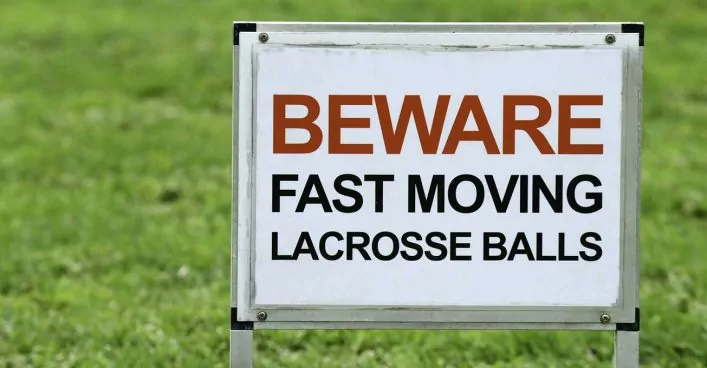 18 Lacrosse Goalie Drills to Improve Your GameApril 24, 2025
18 Lacrosse Goalie Drills to Improve Your GameApril 24, 2025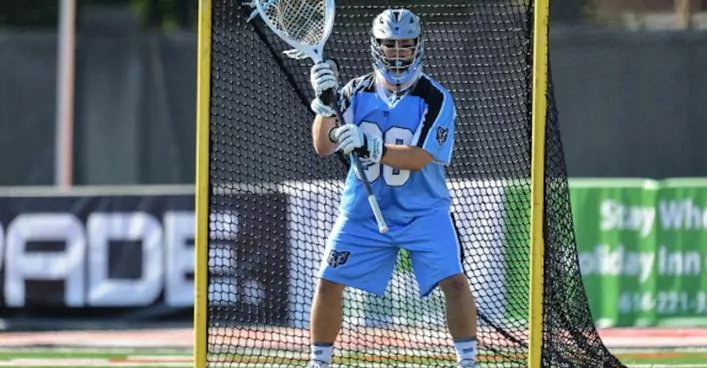 7 Elements of a Great Lacrosse Goalie StanceAug. 1, 2020
7 Elements of a Great Lacrosse Goalie StanceAug. 1, 2020 12 Lacrosse Goalie Tips To Take Your Game to the Next LevelSeptember 10, 2024
12 Lacrosse Goalie Tips To Take Your Game to the Next LevelSeptember 10, 2024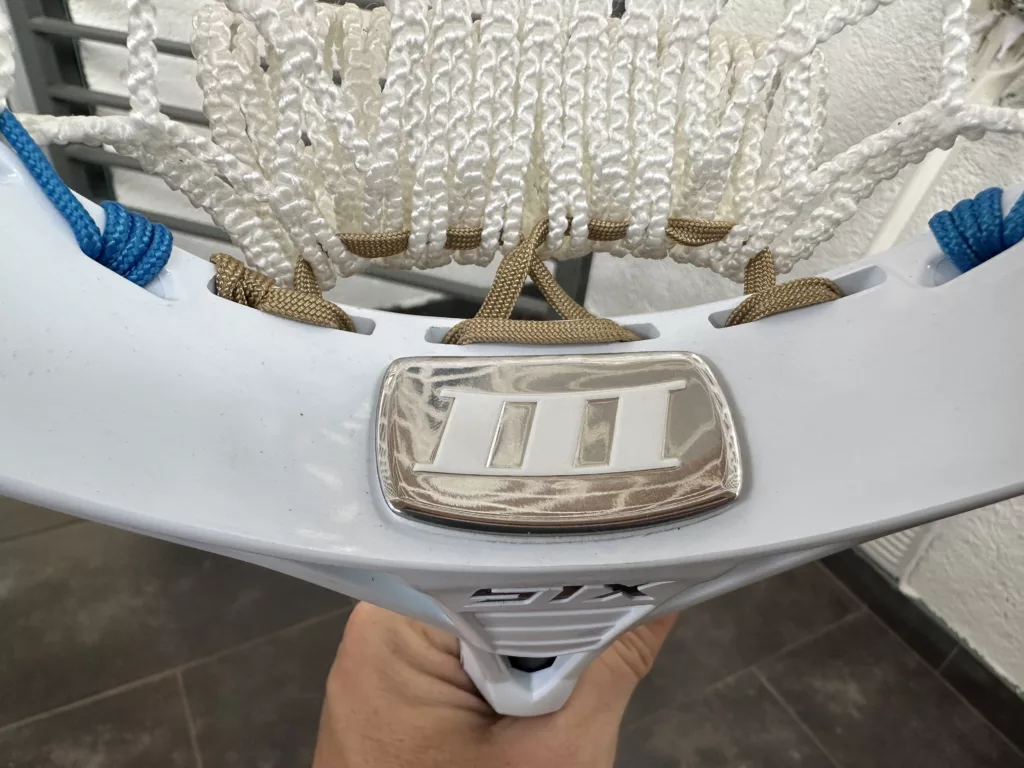 STX Eclipse 3 Goalie Head ReviewApril 24, 2025
STX Eclipse 3 Goalie Head ReviewApril 24, 2025 Lacrosse Goalie WorkoutAug. 12, 2019
Lacrosse Goalie WorkoutAug. 12, 2019 The Basics of Making a SaveJune 29, 2021
The Basics of Making a SaveJune 29, 2021

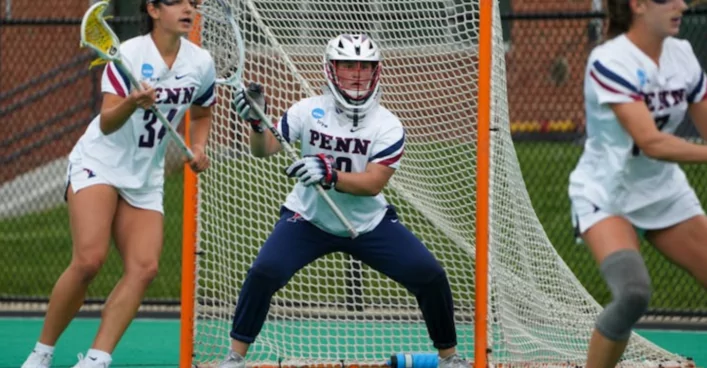

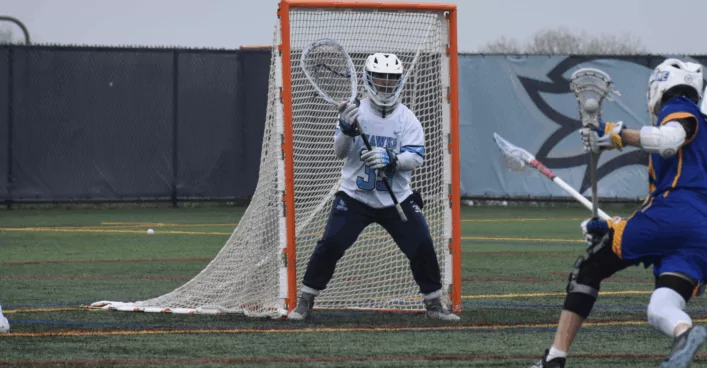
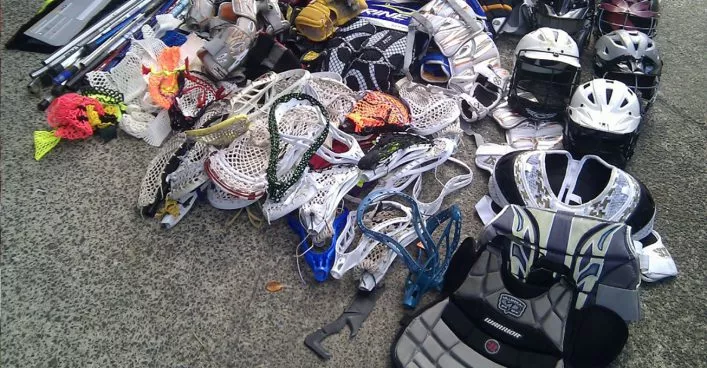

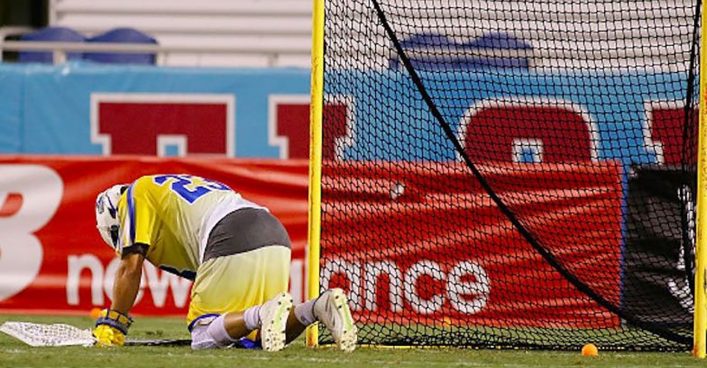

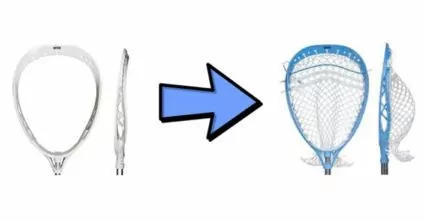
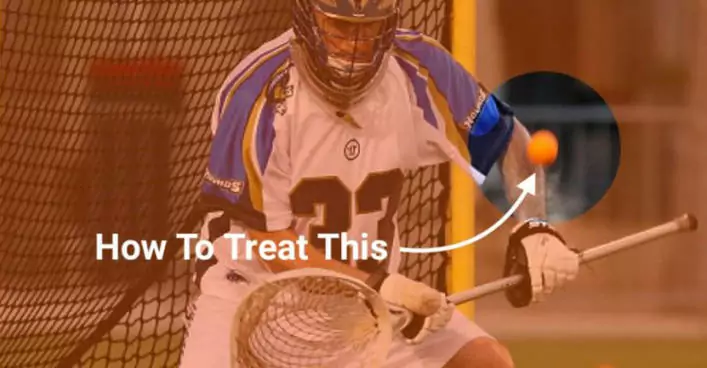








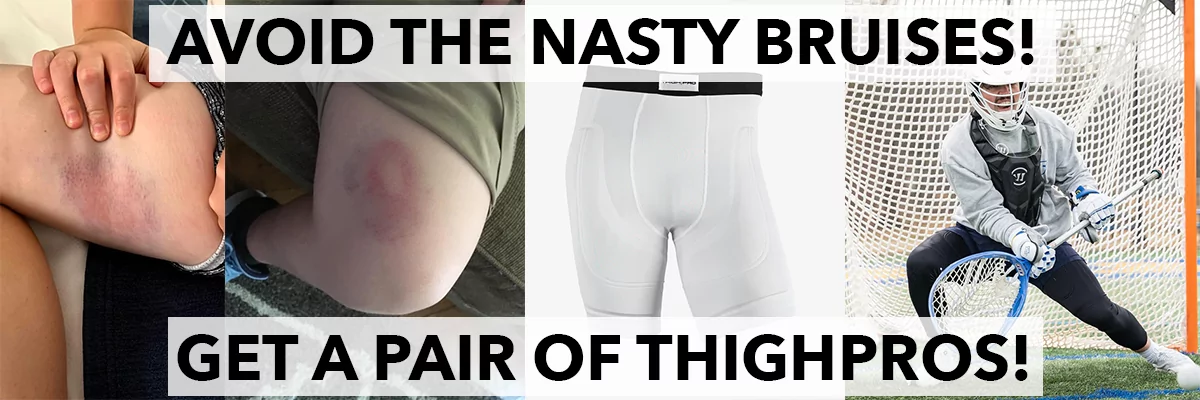

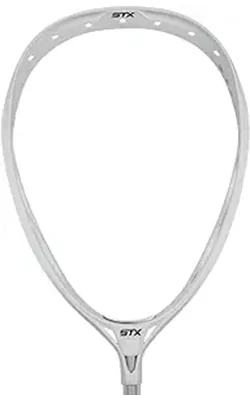

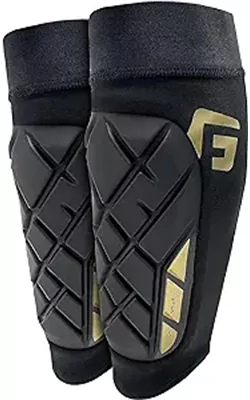
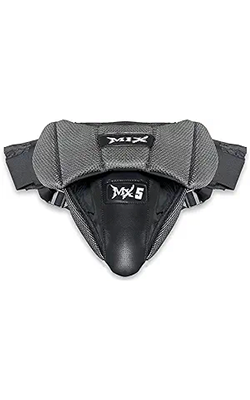

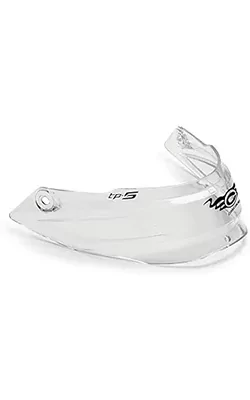
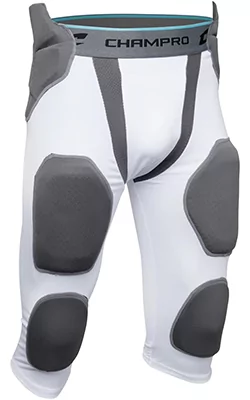
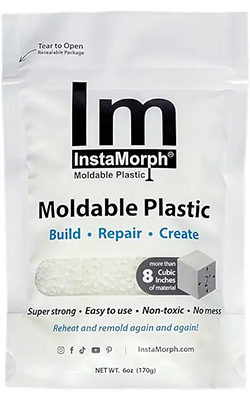

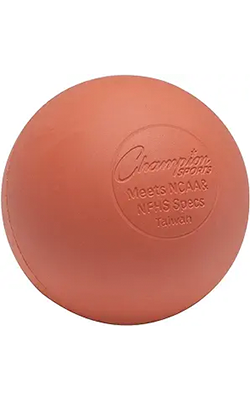

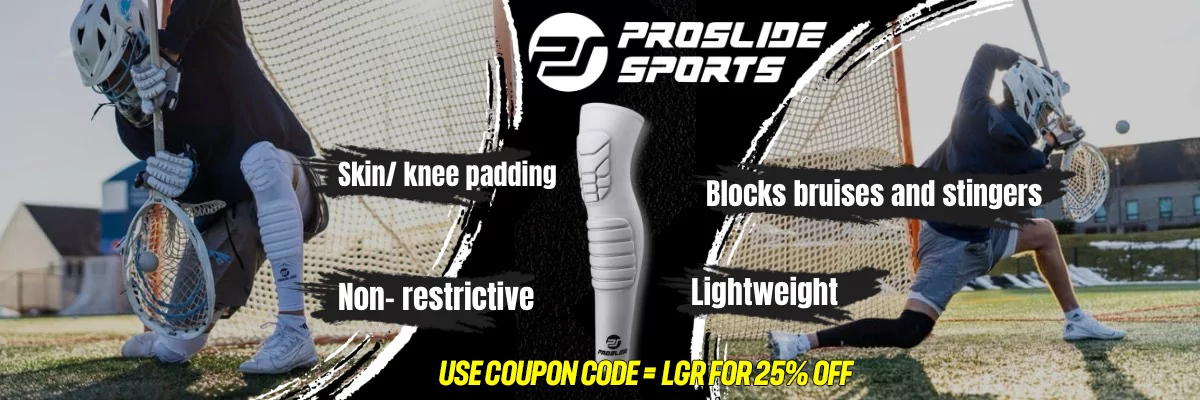


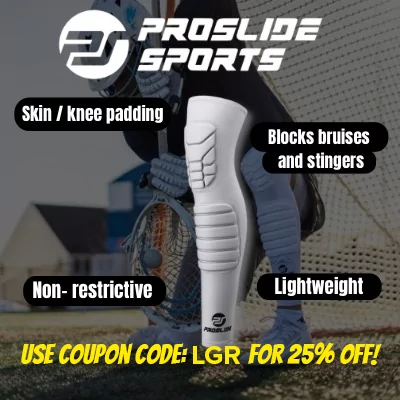



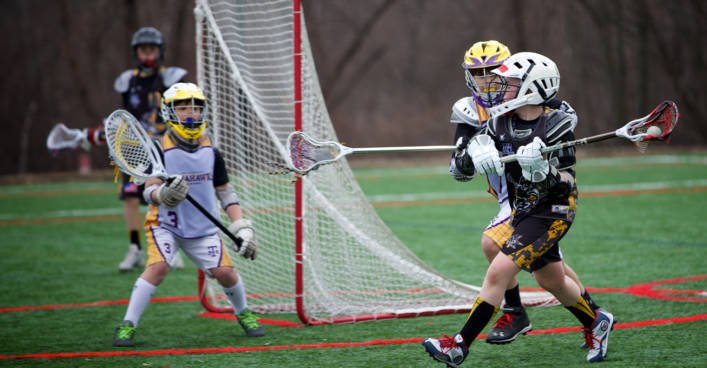
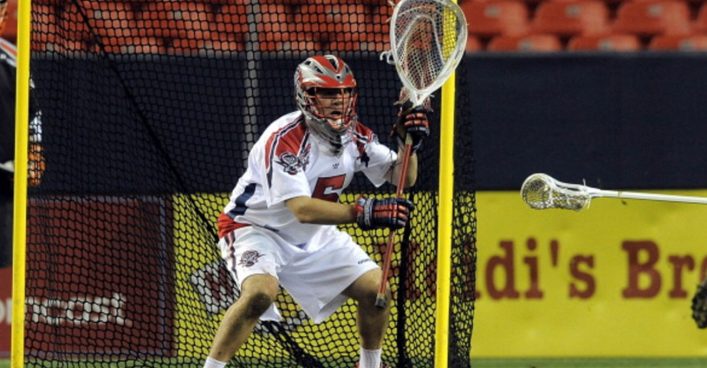
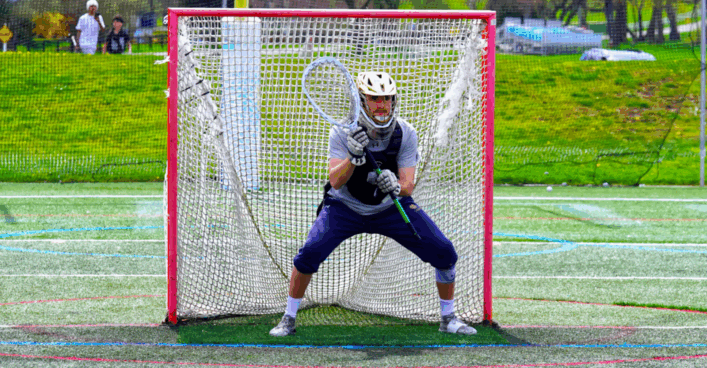
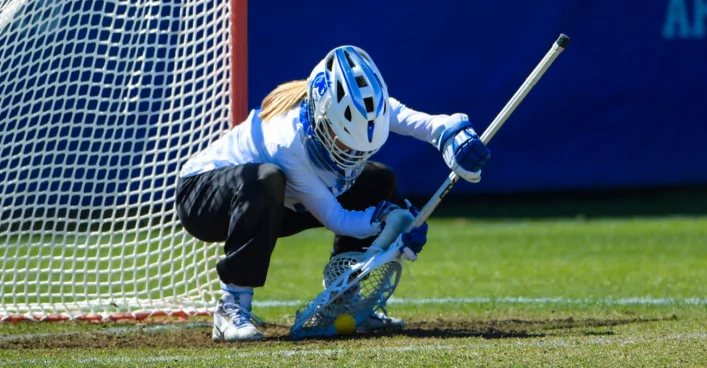
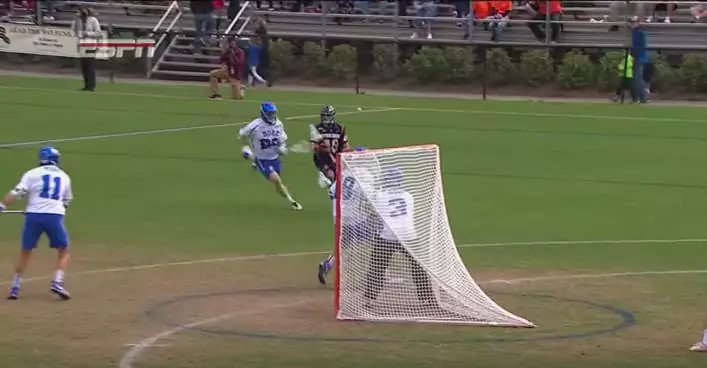









BRUISE FADEAWAY is a now available and claims it can help bruises to disappear in half the normal time, especially if applied soon after the bruise occurs. It is in a handy roll-on vial and can be applied quickly. Details are at satispharma.net/bruise-fadeaway.
Will knots on and around the shins cause permanent damage? My Son is a goalie and I insist he wears shin guards but he does not want to. He has a large, hard knot on his shin near his ankle from a month ago when he blocked a shot during a game. I am concerned that he is going to have damage and pain when he is older if he keeps getting these hard hits unprotected. Please advise. Should be wear shin guards?
I know a few goalies who suffered shin splints from repeated blows to the shins. I do think goalies should be wearing some sort of protection during practice so as not to suffer permanent damage.